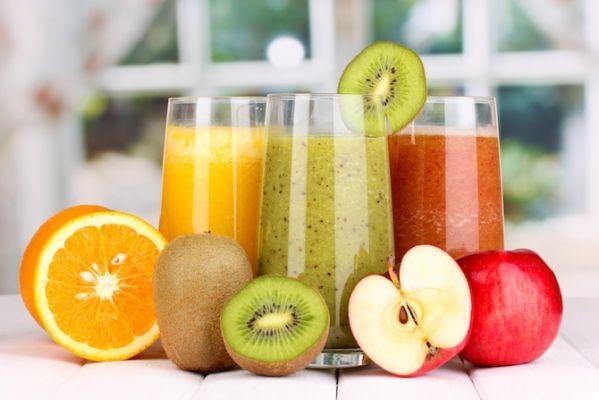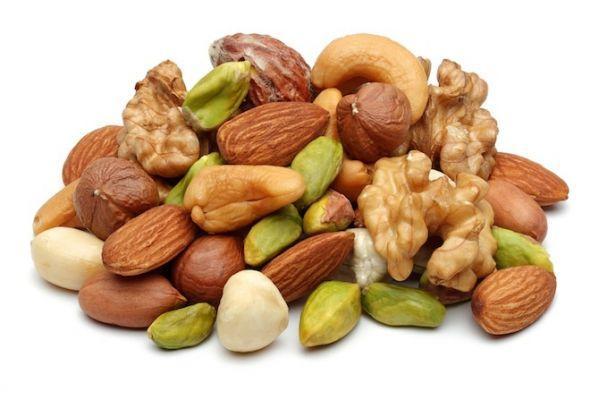Citrus fruits in the kitchen of January
Oranges, tangerines and grapefruits are the fruits of January that cannot be missing in the diet of this period. Excellent as snacks or at the end of a meal, they are versatile and useful ingredients, therefore, also for making a thousand recipes. The juice and peel of citrus fruits lend themselves, in fact, to the preparation of many desserts, but also of risottos and main courses.
A Orange salad, seasoned with extra virgin olive oil, salt and pepper is a side dish full of vitamins suitable for a cold January day. Tangerines are a healthy and natural solution for children's school snacks.
And then… have you ever tried the risotto al grapefruit? A light and delicate dish, also suitable for those who want to get back in shape after the Christmas holidays. In summary, try to use citrus fruits by experimenting with new dishes, to vary your diet and get the maximum benefit from these typical fruits of January and of the whole cold season.
A tip: if you decide to use the peel, make sure it is untreated fruit.
Kiwi and other fruit of January
Eat lots of kiwis in January. Kiwi is very rich in vitamin C, much more than citrus fruits, and therefore helps the body to defend itself from the typical winter ailments. Refreshing, thirst-quenching, diuretic and laxative, kiwifruit also has antiseptic properties and is a valid ally for pregnant women because it helps prevent and alleviate some of the typical problems of pregnancy such as constipation, hemorrhoids, water retention and circulatory problems. If you want to use kiwi for the preparation of a delicious but not excessively caloric dessert, prepare a shortcrust pastry and, after baking it in the oven, garnish it with many slices of kiwi.
Or you can try making muffins with kiwi and banana: the ingredients are 200 grams of flour, 50 grams of brown sugar, a vanilla yogurt, an egg, three ripe kiwis and a banana, baking powder or baking soda with cream of tartar, a pinch of salt and a teaspoon of cinnamon. Mix all the ingredients and, if the dough is too hard, add milk. Pour the mixture into the cups and bake in the oven at 180 ° for about ten minutes.
Other typical fruits of January are apples and pears, useful for the body for the richness of fibers and vitamins. Both these types of fruit, but especially pears, lend themselves to the preparation of mixed salads and, together with a low-fat cheese, they become an excellent second course.

Dried fruit in January
January, as well as the whole cold season, is also a great time to consume dried fruit. walnuts, almonds, pistachios etcetera can obviously be found all year round, but during the winter, with the cold, the body particularly needs energy, as well as the need to defend itself from seasonal ailments and can find valuable help precisely in these energetic foods , rich in minerals and vitamins, highly digestible and particularly nutritious.
In reality, the term dried fruit does not only indicate oil seeds, but also the dehydrated fruit, for example grapes, figs and apricots.
Oil seeds and dehydrated fruit have very different characteristics; some are particularly rich in minerals, including calcium, potassium, magnesium and iron, the others contain above all a high quantity of sugars.
In our culinary tradition, oilseeds, in particular almonds, hazelnuts and pistachios, are used above all for the preparation of desserts, but they are also suitable for enriching salads and many other dishes. For example, have you ever tried to dress pasta with ricotta and walnut kernels?

January fruit and vegetables


























